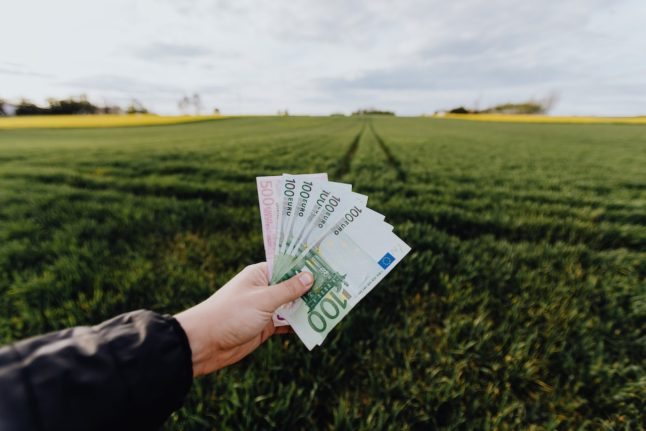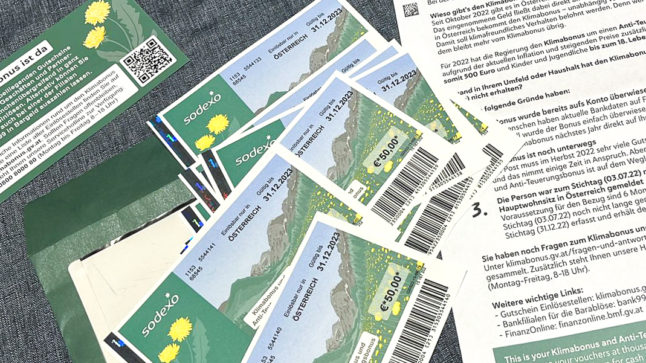As part of the Austrian federal government’s ongoing package of measures to cushion the impacts of inflation, some self-employed people will receive a credit in their next social insurance bill.
The aim of the scheme is to help low income self-employed people with the rising cost of living, and those eligible will receive between €100 and €500.
The one-time credit will be applied by SVS (the social insurance organisation for self-employed in Austria) to the next advance payments in Q4, which will be distributed in November.
READ ALSO: EXPLAINED: How and when to change your Austrian e-card for a photocard
How much credit an eligible person receives will depend on their income and how much they pay to SVS.
If the SVS contribution base is €566, a credit of €160 will be applied to the Q4 payment. For contributions between €1,200 and €2,100, the credit will be €500.
The credit amount is then reduced on a sliding scale to €100 for contributions of more than €2,100 and up to €2,900.
Those that pay more than €2,900 or less than €566 in social insurance payments are not eligible for the credit.
More information about the scheme and how much credit self-employed people can expect to receive can be found at svs.at.
READ MORE: EXPLAINED: How freelancers in Austria can pay four times less in social insurance
Eligible self-employed people for the scheme
Two types of self-employed people in Austria are eligible for the upcoming social insurance credit:
- Those insured under the Commercial Social Insurance Act (GSVG) as of 31st August 2022. This includes traders, business partners, new self-employed and freelancers.
- People insured under the Farmer’s Social Insurance Act (BSVG) as of 31st May 2022. This group includes operators of agricultural and forestry businesses and their family members who work full time in the business.



 Please whitelist us to continue reading.
Please whitelist us to continue reading.
Member comments